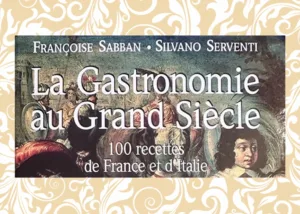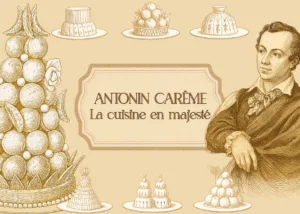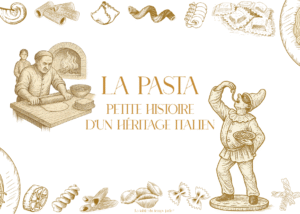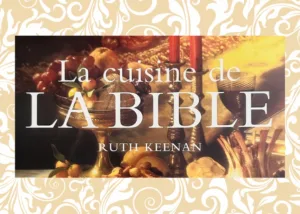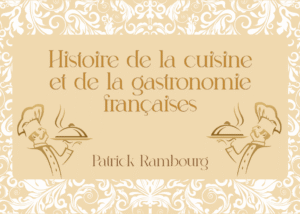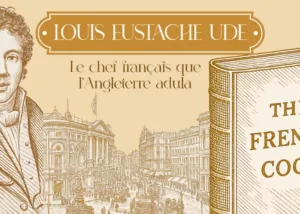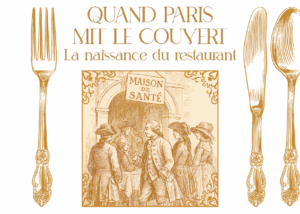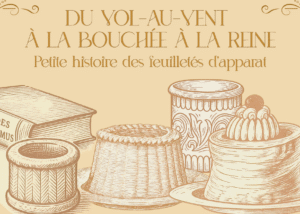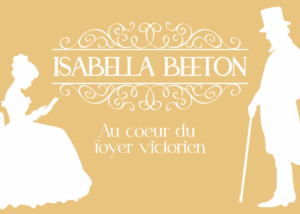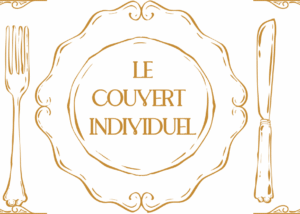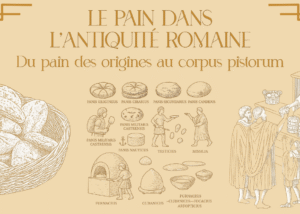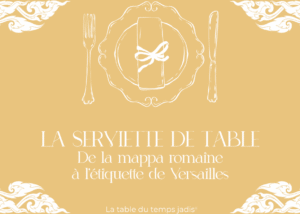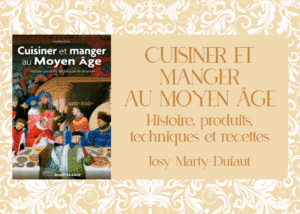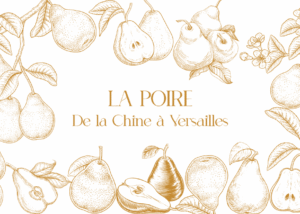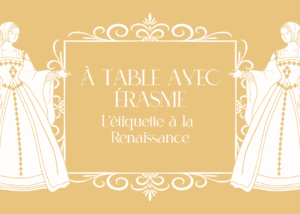Holy Hildegarde of Bingen
When food becomes joy

In the 12th century, a visionary abbess transformed the way of thinking about health and cooking . Hildegarde de Bingen , mystical and healing , makes food a path to joy and balance , in an astonishing harmony between faith , nature and science .

A woman with multiple gifts
Born in 1098 , Hildegarde de Bingen is one of the most fascinating figures in the Middle Ages. Benedictine nun , she is also a composer , poet , visionary , author of medical and cosmogonic . Inspired, she says, by divine light , she writes two great medical texts, Physica and Causae and Curae , where she describes medicine based on nature, respect for rhythms of life and inner harmony . She sees in each body disorder an echo of the imbalances of the soul: health cannot exist without inner peace . unified vision makes her a pioneer of holistic medicine before the hour, based on listening , observation and moderation . Although marginalized over the centuries, his work has experienced renewed interest since the 20th century.

Dietary based on harmony
Hildegarde does not offer a frozen diet , but a food philosophy adapted to everyone . It distinguishes temperaments (angry, melancholy, phlegmatic, etc.) and the state of health to guide the choices. What is suitable for one person can harm another.
The non -hybrid spelled becomes, in his thought, the ideal basis : he warms, strengthens blood, makes moods happy and supports mood.
She insists on seasonal foods , recommends cooking vegetables , and prefers simple preparations such as broths or pancakes . According to her, raw , acidic or imbalance - strawberries, plums, raw onions, pork meat - are to be avoided , unless they are treated , macerated or softened .
Eating according to Hildegarde means seeking harmony between flavor , temperament , season and inner need . Care cuisine as much as of the soul .

Tastes, remedies and spirituality
Hildegarde's cuisine is crossed by a fine intuition of the psychic effects of food. It describes some of "food of joy" , such as fennel , cinnamon or nutmeg , not only for their digestive or stimulating action, but also for their impact on the soul .
The bitterness purifies, the sweet console, the spicy vivifies.
His medical texts are swarming with preparations where spices mingle with plants, cooked fruits, cereals. There are pancakes, fermented drinks, broths and ointments, often made up of simple ingredients, but chosen with extreme precision.
Hildegarde also thinks of digestion as a sacred act : she advises not to sleep after the meal , to drink moderately and to stay in mild movement . Each gesture of the table becomes, for her, an act of inner alignment .

Wisdom for today
What strikes in Hildegarde's approach is his modernity . It advocates prevention , moderation , self -knowledge and respect for the living .
His rejection of excesses , his concern for seasonality , his warnings against food poisons ... Everything resonates with current concerns .
She insists on the link between lifestyle , emotional balance and vitality .
A well -chosen food is not content to feed: it treats, it raises.
It is a path to joy , but also towards inner peace .
His work has inspired, in recent decades, naturopaths , doctors , cooks integrative health enthusiasts , in search of a more respectful, softer, more aligned lifestyle.
Eating with Hildegarde is taste a time of timeless wisdom .
Through his writings, Hildegarde sought to offer a path of reconciliation between body, soul and nature . His approach to food is part of a broader project: to live in harmony with yourself and the world , in moderation , joy and consciousness of what we consume . An ancient wisdom, rooted in its time, which continues to inspire.

Find other blog articles
Find other blog articles



